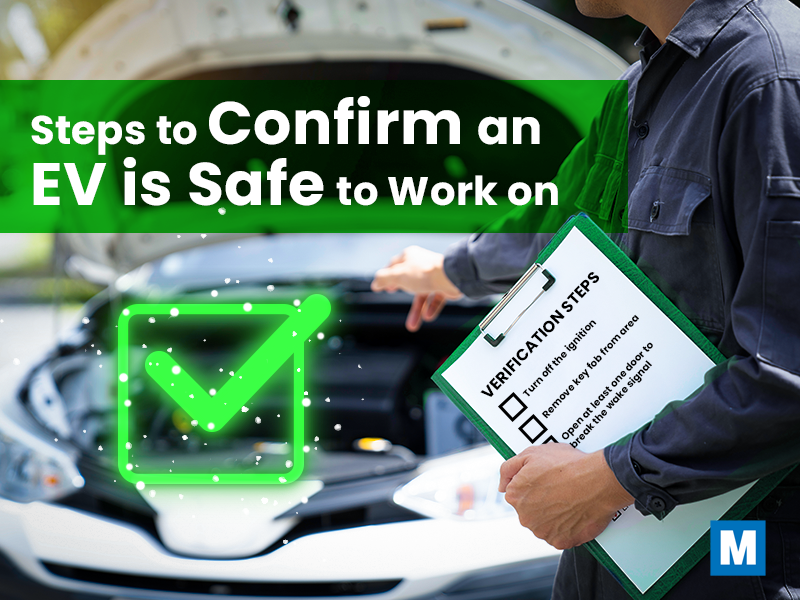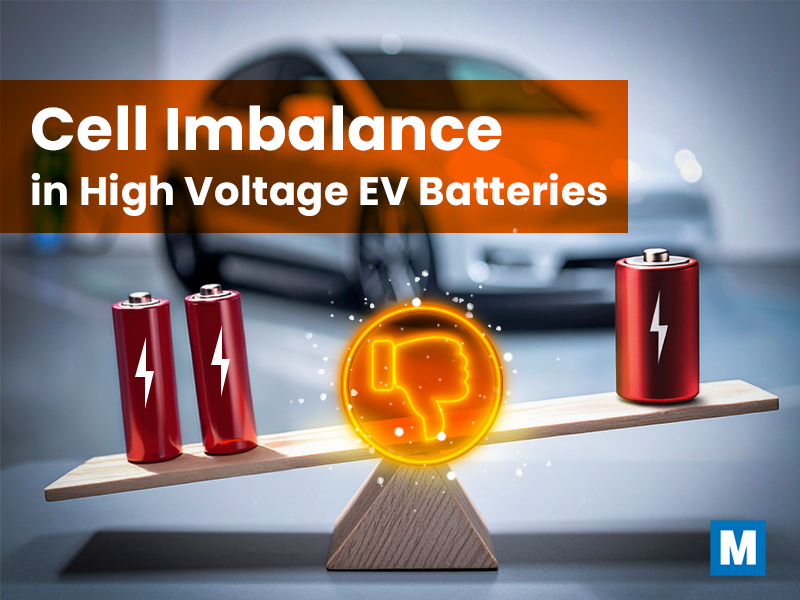EV battery packs used to feel like a black box. If something went wrong, the car got parked, the pack was swapped, and the old one went back to a special facility. That model still exists for severe faults, but the design conversation has changed. Automakers are building packs that can be opened, diagnosed, and repaired safely in a service bay by trained techs. You’re starting to see hardware that comes apart in logical chunks, thermal circuits that isolate and reconnect without a mess, seals that can be reused, and software that actually helps you find the fault instead of hiding it.
Why does that matter? It cuts down time off the road, lowers the total cost of ownership, and turns “replace the whole thing” into “fix the part that failed.” It also supports environmentally sustainable goals because you’re repairing more and scrapping less. If the design makes your job simpler and safer, everyone wins.
Why Serviceability Matters
Not long ago, most EV battery packs felt like “do not touch” parts. If something went wrong, the car sat, a full pack got ordered, and everyone waited. Today, that approach is too slow and too expensive. Customers want their vehicles back quickly. Fleets can’t afford long downtime. And shops, both dealers and independents, need practical ways to fix the real problem without replacing an entire pack.
Automakers are listening. Newer packs are being designed so trained techs can safely open, diagnose, and repair them in the bay. Think fewer mysteries, more access. Less “ship it out,” more “let’s fix it here,” and at prices that customers are more likely to afford. That shift cuts time off the road, lowers costs, and reduces waste.
Modularity that Actually Helps Techs
Packs always had modules, but early versions weren’t friendly. You might fight glued harnesses, tricky busbars, and fragile sense wires. The trend now is true service modularity – parts meant to come out and go back in without drama.
You’ll see modules and sub-modules with clear lift points, junction or contactor boxes that remove as a unit, current sensors that unplug without breaking tabs, and even the battery management electronics are moving to sturdier plug-in boards instead of soldered leads. High-voltage connectors are keyed and color-coded so they only fit one way. Low-voltage harnesses have strain reliefs and just enough slack so you’re not yanking on pins.
The result is simple. If a single area fails, you can open that area, swap the bad piece, and button it up with the confidence the pack will perform like it did at the factory.
Smart Access Without Tearing Down the Whole Pack
Cell-to-pack and structural batteries help range and stiffness, but they can make service harder. The middle ground we’re seeing keeps the strength while adding access where failures are most likely.
Common examples include perimeter panels over contactors, fuses, and DC-link parts so you don’t have to lift the whole lid. Some packs add small doors over cooling sections, so a leaking O-ring or cracked fitting can be fixed without ripping into nearby modules.
Fasteners are evolving too. Instead of long adhesive seams that you have to cut and reseal, designers are using captive hardware and gasket tracks that guide you on the way out and back in. Torque specs are clear, and tool access is intentionally built into the design. You spend time fixing the issue, not wrestling the enclosure.
Cooling Systems You Can Actually Service
A lot of pack repairs start with cooling. Designers are making that work cleaner and faster. Segmented coolant loops let you isolate the section that failed. Quick disconnects stop the “coolant shower” when lines come apart. Some cold plates and manifold sections are now removable on their own, so you don’t tear down the entire pack to reach one leak.
Thermal pads are replacing messy paste in many joints. Pads compress to a set thickness, and built-in hard stops prevent over-crush. When you torque the joint, you get the same pressure every time, protecting cells and keeps temperatures where they should be after the repair. If you run into immersion or dielectric cooling, you’ll also see practical touches like points to take samples and sight plugs. These help you decide if the leak is inside the pack or somewhere upstream, before you open anything.
Safety Built into the Steps You Already Take
High voltage work should never rely on guesswork. Newer packs build safety into the process. De-energize points are clearly labeled and reachable with standard insulated tools, and isolation switches let you power down in stages. Test points make it easy to confirm zero energy with your meter.
Protection parts like contactors, pre-charge resistors, pyro-fuses are being placed where you can actually service them, with guards that keep hands away from live areas. Some lids and junction boxes include built-in lockout points so tagout is obvious and secure. The software plays along too. Service modes in the scan tool guide you through power-down, isolation checks, and safe re-start, so you’re never wondering what the pack is doing behind the scenes.
Enclosures and Seals that Open and Close Right
Packs live under the car in water, salt, and vibration. If they’re going to be opened more than once, the sealing system has to survive it. That’s why reusable gaskets with compression limiters are becoming common. Sealing surfaces are easier to clean, and many fasteners are now reusable with clear torque values and patterns. Some tools even capture torque signatures as part of the repair record, which is handy for warranty and future visits.
Quick checks are getting easier too. Weep holes and moisture indicators help you spot water intrusion without cracking the lid. Dye indicators highlight suspect seams. Split or modular lids put seams where you can reach them on a lift. Corrosion control is more thoughtful, with isolator washers between dissimilar metals and sealed fastener heads that don’t turn into little rust buckets. The bottom line: the pack opens cleanly, and it reseals right the first time.
Turn Design Trends into Shop Wins
Service-friendly packs are already in your bays. You’ll see modules and sub-assemblies that swap easily, access panels in the right places, coolant loops that isolate instead of dumping the whole system, clear safety steps built into the hardware and software, and seals that survive being opened and closed. The payoff is less downtime, lower cost, and fewer complete replacement jobs.
If you want to get ahead, start with your workflow. Always confirm 12-volt health before any high-voltage work. Make isolation and interlock checks standard, not optional. If opening and resealing slows you down, invest in the basics: insulated torque tools, gasket gauges, vacuum and pressure test kits, and a clean bench for sealing surfaces and BMS work.
It’s all about working on HV batteries safely. From emergency disconnects to high-voltage pack service tools like the xPD-1000, Midtronics is your partner in EV diagnostic and repair solutions.




